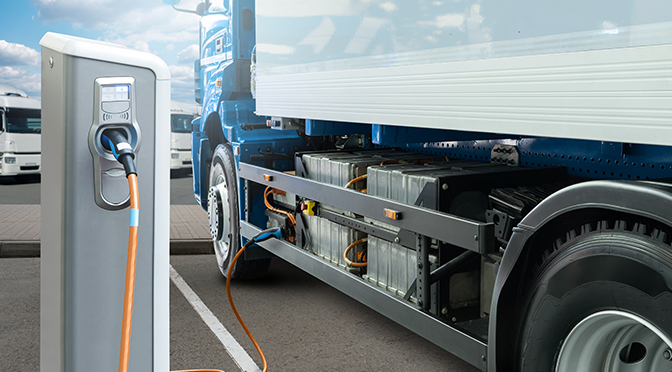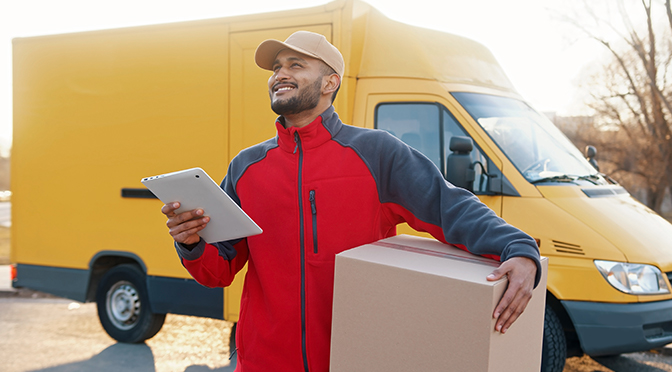Riding The Cloud – The Future Of Transportation Management System
Get In Touch
Your information is protected by our Privacy Policy and Terms of Use.
Our Offices
E 237, First Floor, Phase VIII B Sector-74,
Industrial Area, Mohali-160071, Punjab
Phone: +(91) 93010-10197
6470 East Johns Crossing, Suite 160
Johns Creek, GA 30097
Phone: +1(470)-268-9868
531A, Upper Cross Street, #04-95,
Hong Lim Complex, Singapore - 051531
Phone: +1(470)-268-9868
- Solutions For
- Solutions
- Services & Expertise
- Case Studies
- Insights
-
Get In Touch
Get In Touch
Your information is protected by our Privacy Policy and Terms of Use.
Our Offices
Zapbuild Technologies Private LimitedIndia
E 237, First Floor, Phase VIII B Sector-74,
Industrial Area, Mohali-160071, Punjab
Phone: +(91) 93010-10197Zapbuild Technologies (US) LLC United States
United States
6470 East Johns Crossing, Suite 160
Johns Creek, GA 30097
Phone: +1(470)-268-9868Zapbuild Technologies (S) PTE LTDSingapore
531A, Upper Cross Street, #04-95,
Hong Lim Complex, Singapore - 051531
Phone: +1(470)-268-9868
- Learning Management System
- Command and Control Center
- Transportation Management
- Warehouse Management
- Fleet Management
- Supply Chain Management
- Document Contracts Management
- Load Board Platform
- Route Optimization
- Electronic Proof Of Delivery
- Freight Exchange Platforms
- Customer Relationship Management
- Data Analytics and Business Intelligence
- Logistics Aggregator
- Crowdshipping Marketplaces
- Reverse Logistics Marketplace
Sustainability in the Fast Lane: Green Logistics Solutions For Reducing Your Carbon Footprint

Building a sustainable future for the future generation is essential because it will help minimize pollution and protect our planet and natural resources.
Making sure that the procedures used in logistics and transportation, which include moving items from one location to another, are environmentally friendly is essential.
If you work in the T&L industry and want to improve the environment’s future for your staff and society, you have to reduce your carbon footprint.
The market for green logistics was estimated to be worth $1.3 trillion globally in 2022 and is expected to grow to $2.9 trillion by 2032.
As environmental concerns grow, many T&L organizations are creating green logistics strategies to lessen their environmental impact while maintaining economic efficiency.
In this article, we’ll discuss some important strategies and innovative approaches tailored for transportation and logistics businesses. Moreover, we’ll explore ways to impact sustainability meaningfully without compromising operational excellence.
What is Green Logistics?
Green logistics is a comprehensive strategy that includes commercial initiatives to reduce the environmental impact of delivery and the logistics network. The main goal of green logistics is to reduce the organization’s environmental impact while maintaining its financial stability.
This entails modifying logistical duties such as automation, infrastructural concerns, supplier selection, and storage space efficiency.
Green logistics tackles the carbon footprint of the complete supply chain, including emissions from waste management, packaging, recycling, and energy use.
As customers seek ecologically friendly options, businesses commit to zero-net objectives and implement sustainable practices, particularly in first-, middle-, and last-mile logistics.
Digitization is a key enabler for going green, as it helps eliminate paper trails, reduce energy consumption through alternative fuels, and enhance overall operational efficiency.
How to Achieve Green Logistics in Your Business
Include Eco-Friendly Criteria in Your Procurement Policies
You may begin implementing green logistics in your T&L business by including environmentally friendly standards in your procurement policies.
This means considering the least environmental effects throughout item sourcing, manufacturing, and transportation.
Look for suppliers emphasizing energy efficiency, sustainably sourced products, and sustainability.
This is a crucial phase because it lays the groundwork for you to make sustainable decisions across your logistics and supply chain.
Optimize Transport Fleet Management
To optimize transport fleet management for green logistics, consider using systems that assist in delivery route planning and prioritize load pooling.
This involves utilizing transportation management software to plan efficient routes and consolidate loads, reducing the overall emissions your transport fleet produces.
Implementing such systems enhances fleet management efficiency, reduces transportation’s environmental impact, and encourages the adoption of cleaner-running vehicles.
By focusing on both the vehicles and the logistics processes, you can achieve higher sustainability in your business’s transportation practices.
Adopt Advanced Route Optimization Software
Route optimization technology allows you to arrange your cars to travel on the most economical routes possible, reducing fuel use, greenhouse gas emissions, and total trip distance.
Avoiding traffic jams and selecting the quickest routes expedite deliveries and reduce your environmental effects.
Route optimization increases vehicle efficiency, lowers costs, and reduces energy consumption. As a result, your logistics operations become more sustainable as you need fewer vehicles and drivers.
Optimize the Efficiency of Your Warehouse
Warehouses consume a lot of energy for lighting, cooling, and heating. Investing in eco-friendly power solutions and minimizing packaging can reduce environmental impact.
The automation of warehouses also plays a crucial role in increasing efficiency and saving time and money. Implementing automated processes like inventory management systems and warehouse management software solutions improves logistics efficiency and reduces environmental footprint.
Additionally, adopting sustainable warehouse design practices such as Breeam or Leed certifications and promoting energy savings within the warehouse further contribute to eco-friendly logistics.
Reduce and Recycle Waste Produced
Adopt IT solutions like WMS warehouse management software to implement sustainable waste management practices, such as sorting waste for recycling and minimizing paper usage.
Addressing packaging waste is also essential; consider using reusable or recyclable materials like cardboard boxes or bags.
Transitioning to eco-friendly solutions while establishing clear recycling procedures for glass, paper, metal, and plastic can help move towards zero waste.
Leverage Data for Sustainability
Key performance indicators (KPIs) that track fuel consumption rates, carbon emissions per mile, and the total carbon footprint of the supply chain may give organizations valuable information about how they are affecting the environment.
Businesses may effectively implement sustainable practices and identify opportunities for progress by examining this data.
Utilizing data for sustainability promotes resilience and long-term corporate performance and lowers environmental effects.
Shape a Sustainable Culture in the Organization
Competent leadership is contingent upon developing a long-lasting culture in your logistics team. Encouraging staff to actively contribute ideas and embrace practices to lower their carbon footprint is crucial, and empowerment is necessary.
This might be anything from encouraging careful driving practices to implementing policies to reduce office paper waste.
You can all contribute to building a more environmentally friendly future for our world by prioritizing eco-friendly conduct and encouraging teamwork.
Continuously Evaluate and Adapt
The long-term success of your green logistics initiatives depends on your adaptability and agility.
Evaluate the effectiveness of your sustainability initiatives regularly and make necessary improvements.
Maintaining current knowledge of emerging technology and industry best practices can help keep your strategy relevant and aligned with changing sustainability objectives.
Be ready to modify your strategy in response to new problems or evolving conditions. This might entail making technological investments, modifying procedures, or updating objectives to better represent the present’s interests.
Conclusion
Using green logistics is not only a way to comply with environmental laws but also a long-term strategic necessity.
Businesses in logistics and transportation have the potential to lead in cutting waste, decreasing carbon emissions, and promoting sustainability.
You may prosper in the fast lane and make an excellent environmental effect by implementing the aforementioned green logistics techniques.
Ready to revolutionize your T&L business with green logistics solutions? Partner with Zapbuild Technologies today!
Our cutting-edge software and web-based tools are specifically designed to assist you in minimizing your carbon footprint while enhancing your logistics and transportation processes.
Start your company on the path to a more environmentally friendly future by contacting us right now!

Looking to build future-ready technology solutions for your transportation or logistics business? Connect with our experts for a free consultation today connect@zapbuild.com
Categories
Trending


What is a Fleet Management System?

5 Ways AI is Revolutionizing Supply Chain Management
Subscribe to our newsletter
Related Insights

Fleet
The Rise of Hyperlocal Delivery: How Zapbuild is Enabling Same-Day Service

Transportation
Riding The Cloud – The Future Of Transportation Management System

Logistics
From Bricks to Clicks: Transforming Traditional Logistics for the Digital Age

Logistics
The Human-Machine Partnership: Enhancing Human Expertise with AI for Improved T&L
Connect with Our Experts
Take the first step toward the digital transformation of your Transportation and Logistics business.
Get a Free Consultation with Zapbuild’s technology experts today.